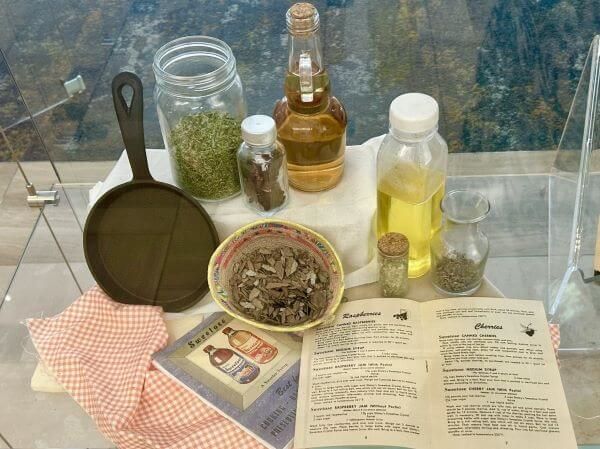
After a six-year hiatus prompted by the COVID-19 pandemic, the Texas Medical Association’s History of Medicine Gallery will again join exhibits across the city to offer free admission during this year’s Austin Museum Day, Sunday, Sept. 21.
Organized by the Austin Museum Partnership, the annual citywide event invites the community to explore art, history, nature, and science across 30 participating museums in the greater Austin area. The History of Medicine Gallery will have snacks, water, and an interactive medical quiz for attendees.
During the event, all participating museums waive admission fees; TMA’s History of Medicine Gallery, however, is always free to those seeking to learn more.
Visitors can experience the exhibit on the first floor of the recently renovated Louis J. Goodman building in downtown Austin.
San Antonio cardiothoracic surgeon J. Marvin Smith III, MD, said Austin Museum Day serves as an “opportunity for TMA to put its best foot forward,” especially with visitors unaware of the association’s role in shaping Texas health care.
Dr. Smith is chair of TMA’s History of Medicine Committee, which helps curate the gallery and identifies educational and outreach opportunities to promote Texas’ medical history.
“TMA is a very prominent and historical organization that’s made the state of Texas a better place to live and not many know that,” Dr. Smith told Texas Medicine Today.
TMA’s historical gallery and archive join the event’s lineup with a rotating exhibit, titled “The Rural Health Care Crisis in Texas.” The display details the history and challenges unique to rural health care in Texas, tracing the state’s medical journey from the late 19th century to the present.
The exhibit examines the impact of economic and social changes that have historically threatened access to care in rural parts of the state, and includes an antique postcard collection of Texas hospitals from the early 20th century, photography of an abandoned hospital in Yorktown, and the words of people across the state who have experienced care shortages in rural areas and are attempting to help alleviate the issue.
Although Dr. Smith is a fan of all of the gallery’s artifacts, he admits he has a few personal favorites, though not on display during the event: a piece of medical literature published when the state was still the Republic of Texas, which Dr. Smith donated himself, and a plaque displayed at the entrance of TMA’s headquarters inscribed with his late father’s name, John M. Smith Jr., MD.
As a past TMA Board of Trustees member, Dr. Smith’s father played an integral role in helping the association acquire its headquarters within walking distance of the Texas Capitol in 1991.
“This gallery … showcases Texas’ and TMA’s efforts to ensure accessible health care is provided in Texas,” Dr. Smith said. “But I take some personal pride in it as well.”
TMA’s History of Medicine Gallery will be open during Austin Museum Day from 11 am to 3 pm Sunday, Sept. 21. Exhibit guests can utilize free parking within TMA’s headquarters located at 401 W. 15th Street.
Alisa Pierce
Reporter, Division of Communications and Marketing
(512) 370-1469